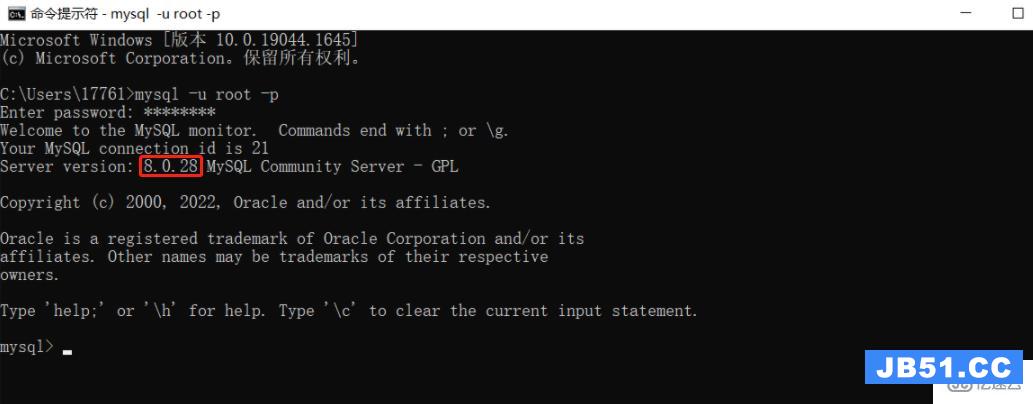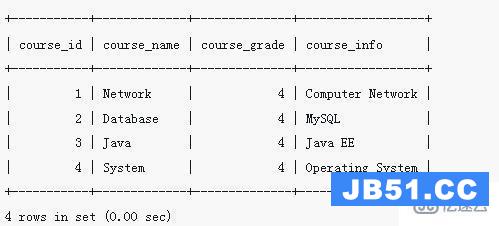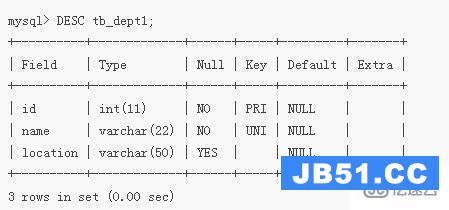Union 是对结果集的并集操作,会要求 2 个集合是要有相同的字段和类型。
Union :对两个结果集进行并集操作,不包括重复行,同时进行默认规则的排序
Union all :对两个结果集进行并集操作,包括重复行,不进行排序
Union: 我们对同一个表做 2 次查询,查询的结果并没有出现重复的 2 条出现:
select user_no, dept_code, sales_amt
from t_sales
union
select user_no, dept_code, sales_amt
from t_sales;

哪这条语句的默认规则排序是怎样排序的呢?是按我们查询字段的顺序进行升序排序的。上面则是按 user_no,dept_code,sales_amt 进行排序的,为了证明我们所说的,我们换下查询字段的顺序,按 sales_amt,user_no,dept_code 查询:
select sales_amt, user_no, dept_code
from t_sales
union
select sales_amt, user_no, dept_code
from t_sales;

结果很明显是按我们所说的查询字段先后顺序后的升序排序的。
Union all :对 2 个查询的集合做并集,对重复的行不做处理:
select user_no, dept_code, sales_amt
from t_sales
union all
select user_no, dept_code, sales_amt
from t_sales;

我们对表做了 2 次查询,所以出现了每条记录有 2 条。并且结果数据集也是乱序的。其实这个是我们的表面现象,在返回的结果集也是有顺序的:先返回第一个查询的结果,返回的顺序是按记录的插入顺序来的,再返回第二个查询的结果集,返回的顺序也是按记录的插入顺序来的。可以通过如下 2 个脚本来验证:
select user_no, dept_code, sales_amt
from t_sales a
where a.sales_amt <= 5000
union all
select user_no, dept_code, sales_amt
from t_sales a
where a.sales_amt > 3000 ;

select user_no, dept_code, sales_amt
from t_sales a
where a.sales_amt > 3000
union all
select user_no, dept_code, sales_amt
from t_sales a
where a.sales_amt <= 5000 ;

第一个查询返回的蓝色记录是 6 条,与上个脚本的第 2 个查询返回的记录一样,所以我们的 uinion all 返回也是有顺序的,先按查询脚本,再按单个脚本的记录插入顺序。




